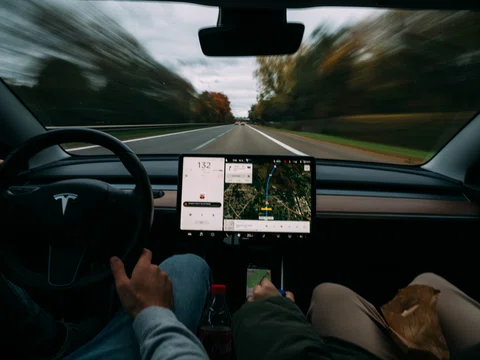
In a making a motion to dismiss for ineligibility under § 101, the moving party often seeks an ineligibility finding for all claims by attacking a single independent claim and arguing that it is "representative" of the others.
This can be a powerful briefing technique, as it avoids a repetitive slog through multiple asserted claims. Beyond that, it has the practical effect of shifting the burden to the patentee—to some extent—to show that the other asserted claims are different.
A short opinion yesterday by Judge Andrews, however, shows one downside of the representative-claim approach on a § 101 motion to dismiss. If you lose the argument …







